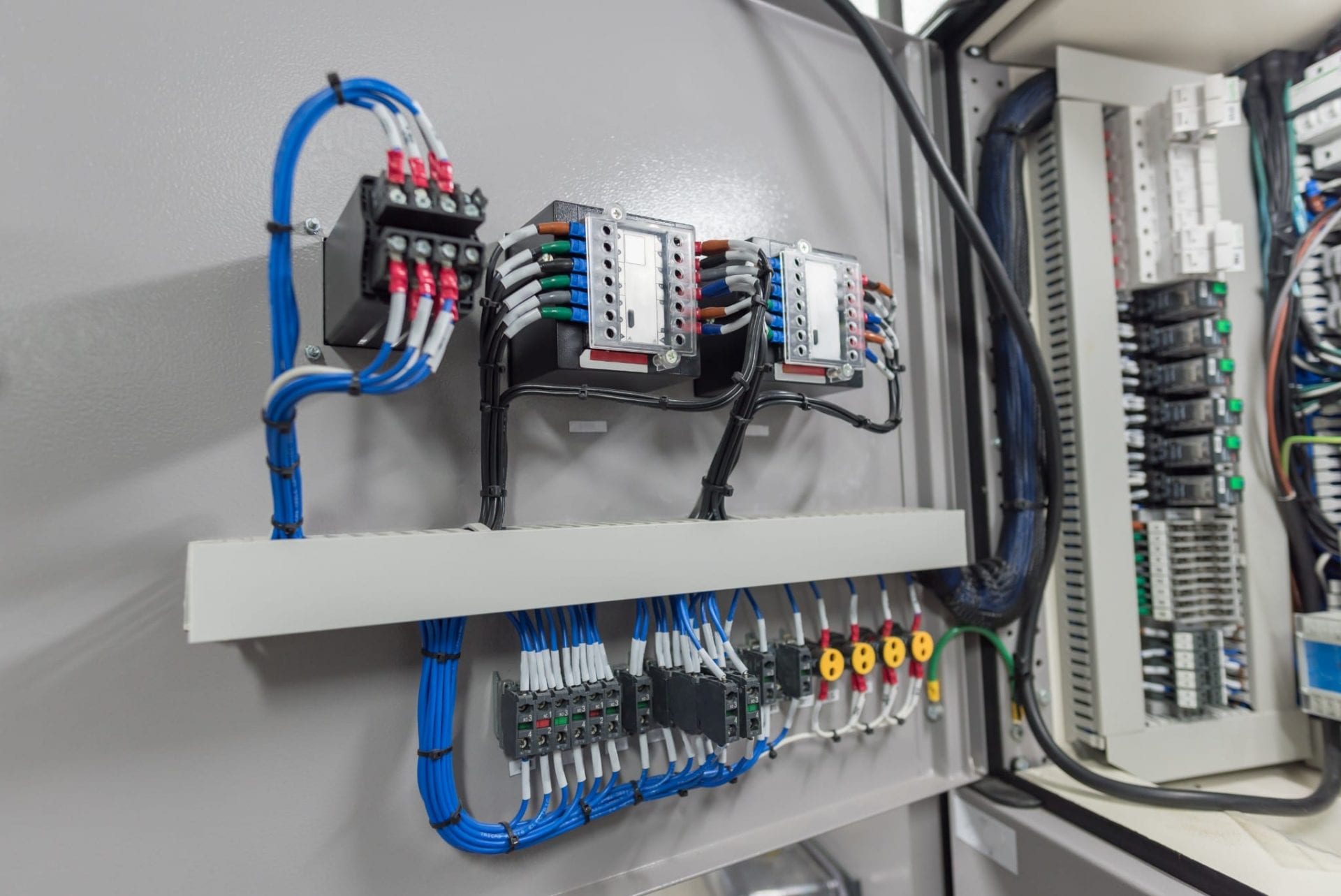Electrical Wiring 101: A Novice's Guide to Understanding the Basics

The electrical wiring is an essential component of any home, and understanding it is important for every homeowner. Not only is it helpful to ensure the efficient functioning of your home however, it is crucial to ensure your safety. In this post, we’ll go over the fundamentals of electrical wiring, the importance of safety and the advantages having a licensed residential electrician for all your electrical wiring needs.
Understanding the fundamentals of electrical wiring
The electrical wiring refers to the network of electrical conductors that runs through your home, carrying electric power to appliances or devices as well as lighting fixtures. It works by forming electrical circuits which connect your sources of power to your devices. Electrical circuits consist of wires, switches, and other electrical components that function to create a safe and efficient electrical system. There are different types of electrical wiring, such as aluminum, copper, and types of wire insulation such as PVC, rubber, or paper.
Planning and Preparation for Electrical Wiring
Before you install new electrical wiring, there are several things to think about, including the kind of wiring that you require, the power capacity that your electric system can handle, and your power requirements. Additionally, it is important to know about electrical wiring regulations and permits required in your locality. To prepare the electrical wires, create an electrical plan and evaluate your electrical requirements. This will make sure that the electrical wiring is secure efficient and effective, as well as meeting your power needs.
Materials and Tools Needed for electrical wiring
When installing new electrical wiring, it is important to have the proper tools and materials available. Essential tools include strippers, wire cutters, pliers, as well as a voltage tester. Other materials needed for wiring electrically are electrical tape, wire nuts, conduit, along with electrical boxes. It’s also beneficial to have a wiring diagram that will guide you through the installation process.
Step-by-Step Instructions for Electric Wiring Installation
Installation of electrical wiring can be a complex process however, with the right tools and expertise it can be accomplished safely and efficiently. Here is a step-by-step guide to installing new electrical wiring inside your home:
Turn off the power to the area in which you’ll be working.
Plan the wiring layout and mark where the wire will be placed.
Install electrical boxes and conduit wherever needed.
Cut and strip wires to the appropriate length.
Connect the wires to the devices or fixtures that you’re wiring.
Connect the wires by using wire nuts, electrical tape, and conduit straps.
Check the wiring to make sure that it’s functioning correctly.
During the installation process It is crucial to follow wiring installation best methods and suggestions. Also, be aware of common mistakes in the installation of electrical wire, like wiring circuits that are too large, using wires that are damaged, as well as using the wrong kind of wire to accomplish the task.
Troubleshooting Electrical Wiring Problems
Even with careful design and installation, electrical wiring problems can arise. Common issues include circuit overloads, wiring damage as well as electrical shorts. To solve these issues it is essential to be aware of common electrical wiring issues and know how to safely and effectively tackle these issues. It is also essential to follow the proper electrical safety protocols in the event of a problem with electrical wiring including shutting off the power source and wearing protective gear.
Conclusion
Understanding the electrical wiring in your home is crucial for your safety and for the proper functioning that your electric system provides. It is crucial to engage an authorized electrician to ensure that your wiring is installed and maintained in a proper manner. In Local Electrician Lidcombe, we provide a range of electrical services that include electrical wiring repair and installation. Contact Local Electrician Lidcombe at 1300 610 481 to discuss all your electrical wiring needs.
Electrical Wiring FAQ
Here are some frequently asked questions regarding electrical wiring, along with other safety guidelines and the best methods for electrical wiring repair and installation:
What type of wire do I need to use for my electrical wiring?
The type of wire you should use for your electrical wiring will depend on the specific requirements of your home and local building codes. It is crucial to select the appropriate gauge of wire as well as the appropriate insulation type and wire material to ensure safety and efficiency of your electrical system.
Do I have to install myself my own wiring for electrical use?
While it is possible to install your own electrical wiring, it’s important to have the right knowledge and experience to install it safely and efficiently. In the majority of cases it is advised to engage an experienced electrician to ensure that the wiring is installed and maintained correctly.
How often do I need to have my electrical wiring inspected?
It is recommended to have your electrical wiring inspected every 10 years or whenever you observe indications of electrical issues, such as frequent circuit breaker trips or electric shocks.
What should I do if I discover electrical wiring issues in my home?
If you notice any electrical wiring issues within your home, like flickering lighting or outlets that do not function, it’s important to take action immediately. Turn off the power to the area in question and then contact an authorized electrician to assess and repair the problem.
By following these suggestions and the best practices, you can make sure you have electrical connections that are secure and operating properly. Make sure you are taking safety into consideration and consult with a licensed electrician whenever you need to. Call Local Electrician Lidcombe at 1300 610 481 for all your electrical wiring needs.
